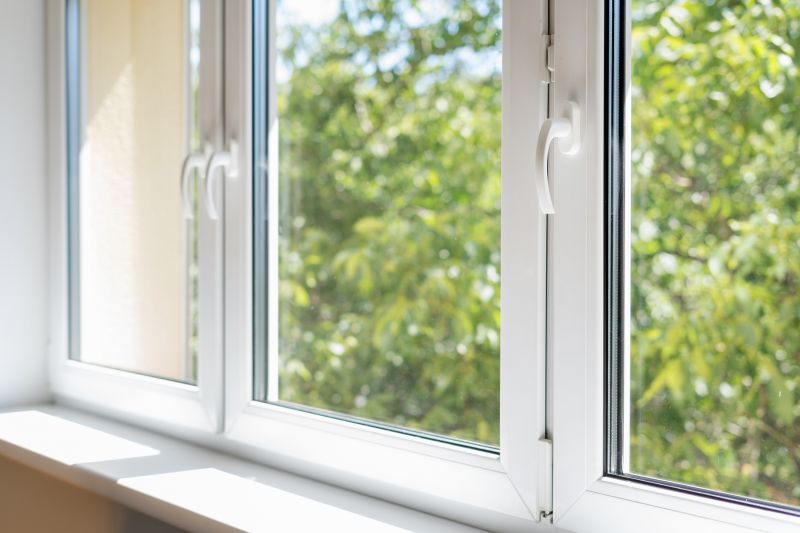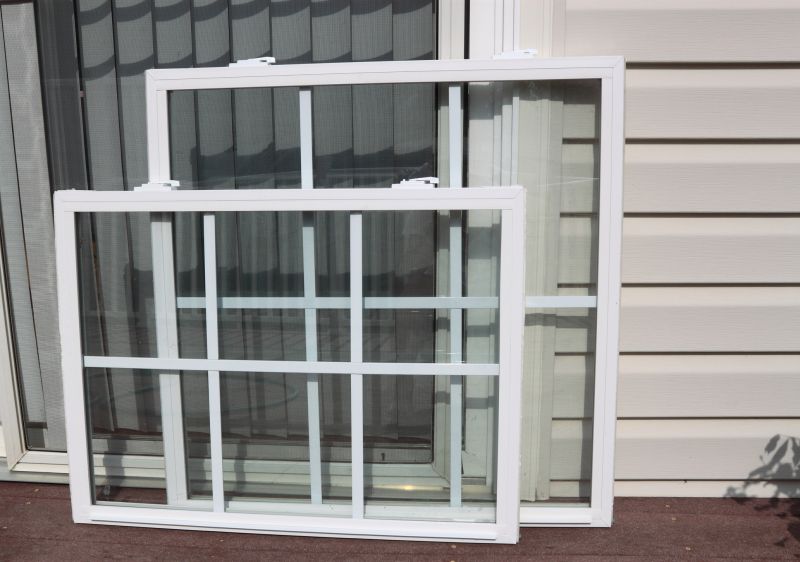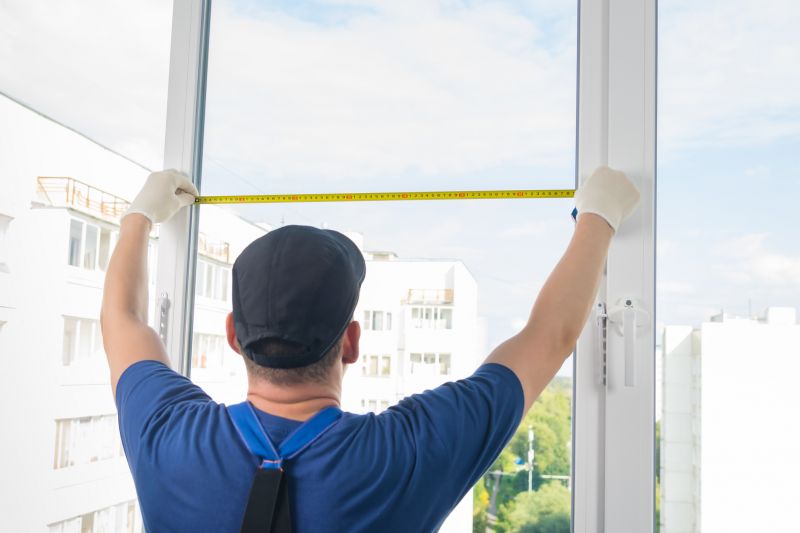Optimal Timing for Windows Installations
Windows installations are most effective when performed during periods of minimal system usage. Choosing the right time can help ensure a smooth process and reduce disruptions to daily activities.
Spring and fall often present less busy periods for system upgrades, allowing for scheduled installations without interrupting business operations.
Scheduling installations during weekends or public holidays can minimize impact on productivity and user access.
Performing installations prior to significant software updates ensures compatibility and reduces the risk of conflicts.
Installing Windows when hardware components are functioning correctly minimizes troubleshooting and potential issues.

Technicians carefully manage each step to ensure a seamless upgrade.

Pre-installation backups and system checks are essential for success.

Configuring settings and updates after installation ensures optimal performance.

Ways to make Windows Installations work in tight or awkward layouts.

Popular materials for Windows Installations and why they hold up over time.

Simple add-ons that improve Windows Installations without blowing the budget.
Windows installations are a critical aspect of maintaining optimal system performance and security. Proper timing can prevent downtime and ensure compatibility with existing hardware and software. Regular updates and fresh installations contribute to improved productivity and system stability. Statistics indicate that performing installations during planned maintenance windows reduces the risk of data loss and minimizes user inconvenience.

Ensures the latest features and security patches.

Timing installations to coincide with hardware upgrades enhances performance.

Minimizes operational disruptions for businesses.

Backups and system checks are vital before installation.

High-end options that actually feel worth it for Windows Installations.

Finishes and colors that play nicely with Windows Installations.
| Optimal Timing Factors | Details |
|---|---|
| Low System Usage | Schedule during times when system activity is minimal. |
| Off-Hours | Perform installations outside regular business hours. |
| Pre-Update Checks | Ensure hardware and software are compatible before proceeding. |
| Backup Completion | Complete data backups prior to installation. |
| Network Traffic | Choose times with lower bandwidth usage. |
| User Availability | Coordinate with users to minimize disruptions. |
| Hardware Stability | Install when hardware components are functioning properly. |
| Scheduled Maintenance | Align with planned maintenance windows. |
Timing Windows Installations appropriately can significantly impact the success and efficiency of the process. Planning around low activity periods and ensuring thorough preparation reduces potential issues and downtime. Properly scheduled installations support ongoing system security and performance improvements, ultimately benefiting operational continuity.

Includes backups, hardware checks, and software compatibility.

Identifies optimal periods for system upgrades.

Ensures system stability and updates are applied correctly.

Little measurements that prevent headaches on Windows Installations day.

A 60-second routine that keeps Windows Installations looking new.

A frequent mistake in Windows Installations and how to dodge it.

Small tweaks to make Windows Installations safer and easier to use.

Lower-waste or water-saving choices for Windows Installations.
Interested in scheduling a Windows installation? Filling out the contact form can help coordinate the best timing for system upgrades, ensuring minimal disruption and optimal performance. Proper planning and execution are essential for maintaining secure and efficient systems.


